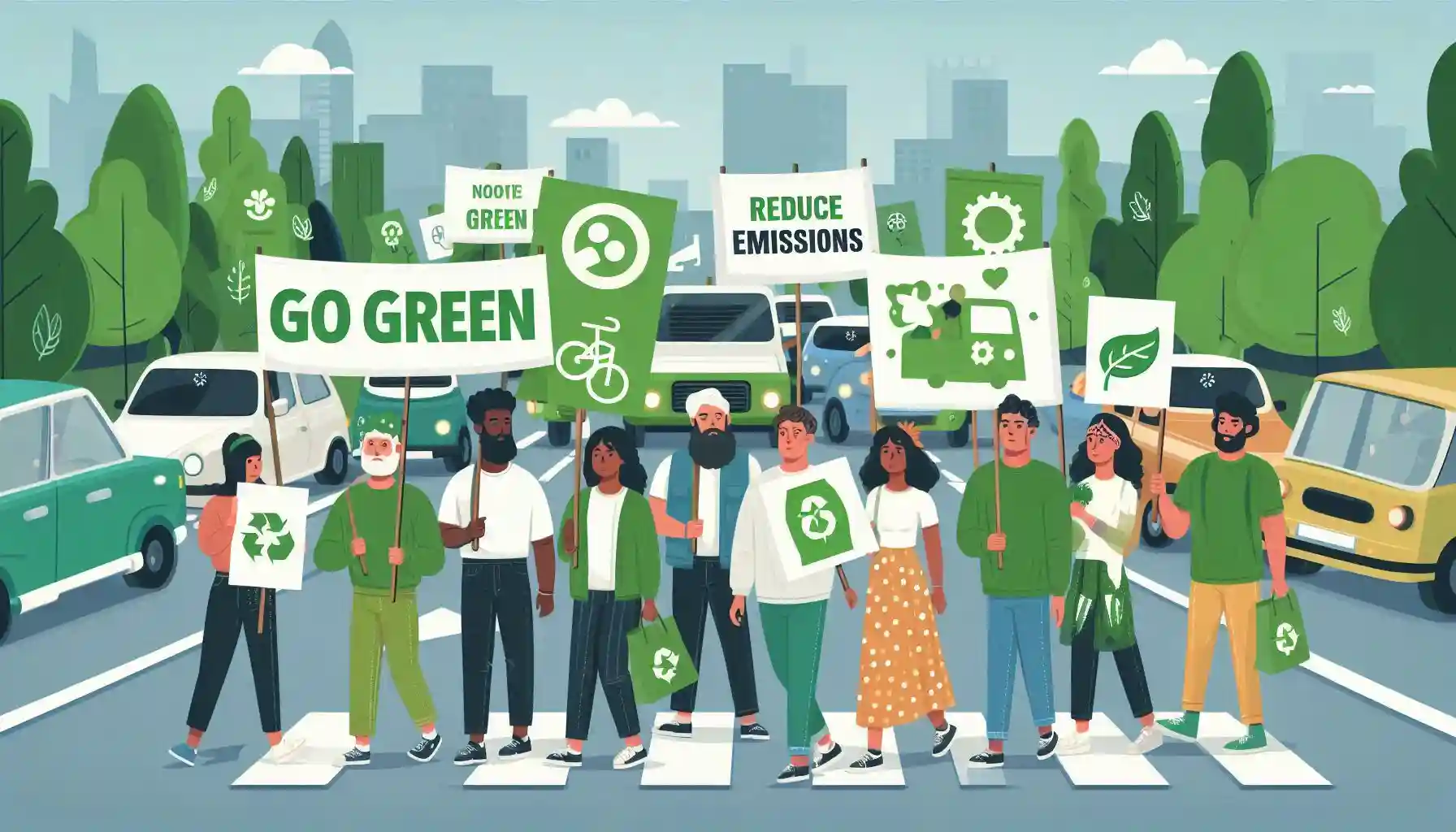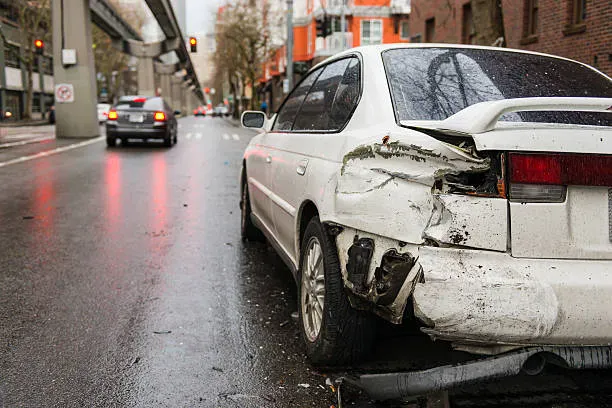Navigating the Legal Process of Buying and Selling Vehicles in India
Buying or selling a vehicle in India can be confusing. This guide will help you. It covers the process, needed documents, and legal issues to consider.
Purchasing a vehicle
When buying a vehicle, you must show specific documents to the seller or dealership:
advertisement
- Identity Proof: Acceptable forms include Aadhaar card, passport, voter ID, or PAN card.
- Address Proof: Documents such as an electricity bill, rental agreement, or passport are valid.
- Two passport-sized photos are standard for most applications.
- Proof of Income: This may be necessary if you are financing the vehicle through a loan.
For second-hand vehicles, ensure you obtain the following from the seller:
- Original Registration Certificate (RC): This document serves as proof of legal ownership.
- Insurance Papers: Valid documentation confirming insurance coverage.
- Pollution Under Control (PUC) Certificate: It certifies that the vehicle meets emission standards.
- You need a No Objection Certificate (NOC) if the vehicle is registered in a different state or if it has an outstanding loan.
Registration and Transfer of Ownership
After you purchase a vehicle, you must register it in your name. For new vehicles, the dealership usually manages this process. For second-hand vehicles, follow these steps:
- Visit the RTO, Submit the required forms and documents. Include the original RC, NOC (if needed), and ID proof.
- Pay the Transfer Fees: A nominal fee is charged for transferring ownership.
- Obtain the New RC: You will get a new Registration Certificate with your name after processing.
advertisement
Road Tax and Insurance Requirements
- Upon buying a vehicle, you must pay road tax, which is a one-time fee upon registration. The amount varies based on the vehicle type and cost. Without paying this tax, you cannot legally operate the vehicle.
- Insurance is mandatory as well. At a minimum, third-party insurance is required. It must cover damages to others in case of an accident. Comprehensive insurance is best. It covers more, including your vehicle.

Vehicle Pollution Norms
India enforces strict regulations regarding vehicle emissions. Your vehicle must possess a valid PUC certificate at all times. This certificate can be obtained from authorized centers, where your vehicle's emissions will be tested. If your vehicle fails to meet the standards, repairs must be made to reduce pollution levels.
advertisement
Selling a Vehicle
To sell a vehicle in India, you typically need the following documents:
- Registration Certificate (RC): Proof of ownership.
- Insurance Papers: Valid insurance documentation.
- Pollution Under Control (PUC) Certificate: Ensures the vehicle meets emission standards.
- Service Records: Optional, but can enhance buyer confidence.
- No Objection Certificate (NOC): If the vehicle is financed, this document is essential to prove that the loan has been cleared.
- Identity and Address Proofs: Both buyer's and seller's identification.
Methods of Selling
There are two primary methods to sell a vehicle: offline and online.
- Offline Methods: This includes traditional methods such as placing ads in newspapers or informing friends and family. However, these methods can be time-consuming and may not reach a wide audience.
- Online Methods: Using online platforms is popular. They let sellers reach a larger audience quickly. Used vehicle websites can speed up sales and boost prices. They increase competition among buyers.
Form 29 and Form 30: Understanding the Vehicle Sale Process
advertisement
FORM-29: The Transfer of Ownership Form
- What is it? Form 29 is a legal document that transfers ownership of a vehicle from the seller to the buyer. It's like a receipt that proves who now owns the car.
- When is it used? You fill out Form 29 when you sell your car to someone else.
- What information does it contain? Form 29 tells you who sold the car, who bought it, and what kind of car it is (like if it’s a Toyota or a Honda).
FORM-30: The Vehicle Sale Certificate
- What is it? Form 30 is like a proof that the seller has paid all the money they owe to the government because they sold their car.
- When is it used? The person selling the car needs to get a special paper called Form 30 from the government office that handles cars. This paper shows that they paid all the money they owed for the car before they can sell it.
- What information does it contain? Form 30 includes details about the vehicle, the seller, and the taxes paid.
advertisement
How do Form 29 and Form 30 work together?
- Seller sells the vehicle: The seller agrees to sell the vehicle to the buyer.
- Seller gets Form 30: The seller goes to the RTO and gets Form 30, which proves they have paid all the taxes.
- Seller and buyer fill out Form 29: Both the seller and buyer fill out Form 29 with their information and the vehicle details.
- Forms are submitted to RTO: The seller and buyer submit both Form 29 and Form 30 to the RTO.
- RTO processes the transfer: The RTO checks the forms and updates the vehicle's registration to show the new owner.
Post-sale Steps
Once the vehicle is sold, it is crucial to complete the following steps:
- Transfer Ownership: Ensure that the ownership is transferred at the RTO.
- Notify Insurance Company: Inform your insurer about the sale to avoid liabilities.
- Keep Records: Save all documents related to the sale for future reference.
Resolving Vehicle Disputes
Disputes may arise during the sale, like hidden vehicle problems or document discrepancies. To resolve these issues, please contact the seller or bank directly. If necessary, legal recourse can be sought through consumer courts.
advertisement
Frequently Asked Questions
Q. What should I do if the vehicle I’m selling has an active loan on it?
If you're selling a vehicle with an active loan, get a No Objection Certificate (NOC) from the lender. This NOC confirms that the bank has no objections to the sale of the vehicle and that all dues have been cleared. Without this document, the ownership transfer cannot be completed at the RTO. Once you have the NOC, get Form 35 from the bank. It confirms the loan agreement's termination.
Q. What is the role of Form 29 and Form 30 in the vehicle sale process?
Form 29 and Form 30 are critical for the legal transfer of vehicle ownership in India. Form 29 serves as a notice of transfer of ownership, informing the RTO that the vehicle is being sold. Form 30 is the actual application for transferring ownership and must be submitted within 14 days of the sale. Both forms must be signed by the seller and buyer. Then, submit them to the RTO with the original RC, insurance, and pollution certificate. Without these forms, the ownership transfer cannot be legally completed.
Q. How do I transfer ownership of a vehicle?
To transfer a vehicle's ownership in India, both the buyer and seller must complete Forms 29 and 30. They must submit these to the RTO. The seller should also provide the original RC, insurance documents, and PUC certificate. If applicable, include a NOC from the bank. Once the forms and documents are submitted and verified, the RTO will issue a new RC in the buyer's name. This will officially transfer ownership.
References
- Transport Department of India
- Insurance Regulatory and Development Authority of India (IRDAI)
- Pariavahan Seva

Written by Saksham Arora
As a third-year law student, my passion for justice and advocacy has led me to pursue a career in law. I am currently studying at Amity Law School, Noida and have been developing my legal research, writing, and analytical skills. I am committed to using my legal education to make a positive impact in society and am excited about the opportunities that lie ahead.
advertisement
Further Reading
advertisement






